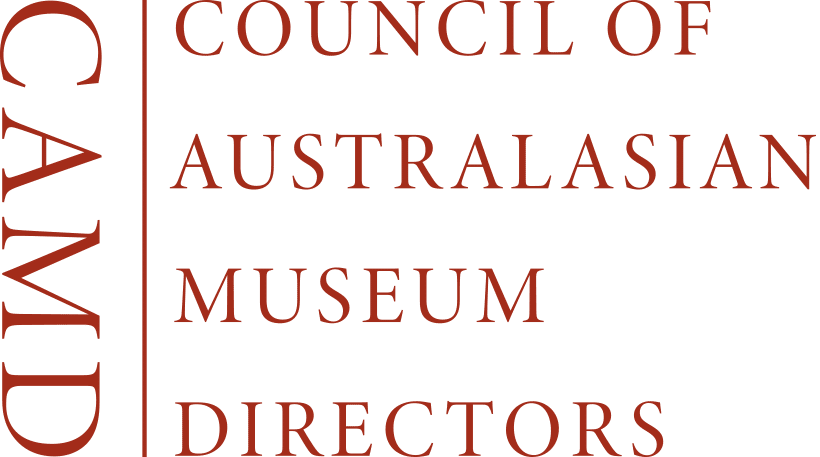Hamish McNeilly, Should foreign visitors pay to visit New Zealand museums?, Stuff, 29 January 2025
Introducing visitor charges for a regional museum and art gallery could come at a cost for some communities, a report says.
Dunedin City Council is set to discuss a report entitled “Potential Entry Charges at Cultural Institutions”.
Those institutions were: Toitū Otago Settlers Museum (Toitū), which was founded in 1898 and has undergone extensive redevelopment, and Dunedin Public Art Gallery (DPAG), which was established in 1884 and was New Zealand’s oldest art gallery.
Both the museum and the art gallery previously charged entry fees, with Toitū introducing an entry fee in 1979 due to financial difficulties, but this was scrapped in 2006, while the DPAG charging entry fees to non-residents from 1996, but those fees were removed in 2001.
While most museums in New Zealand have free entry, apart from optional paid experiences, the report highlighted two museums which charged entry fees for international visitors.
Those were Tamaki Paenga Hira Auckland War Memorial Museum ($32 for an international visiting adult, $16 for a child and under fives are free) and Te Papa Tongarewa, Museum of New Zealand ($35 for international visitors, children under 16 were free).
The report also detailed other institutions across the country, which included:
- The Len Lye Centre in New Plymouth, which charged $15 for adults, but no charge for locals.
- Nelson Provincial Museum, which charged $7 for adults, but no charge for locals.
Across the Tasman it was noted that Australian museums were more likely to offer free admission than charge a general entry fee, with most featuring special paid exhibitions or attractions.
Introducing entry fees for international visitors for Toitū and DPAG was projected to generate an estimated annual operating surplus of $75,000 from the second year onwards.
And if council introduced entry fees for all visitors not from Dunedin, it was projected to generate an estimated annual operating surplus of $135,000 from the second year onwards.
In the report, staff considered the viability of an entry fee for international visitors only, utilising the same model that Te Papa has recently introduced, and which was to be considered by council as an option.
Most visitors tended to visit multiple institutions per trip, rather than one museum or gallery. A Museum’s Aotearoa 2023 National Visitor Survey estimated that, on average, each visitor to a city or region visited two museums or galleries, with 23% visiting three or more.
But entry fees could create barriers, particularly for those on lower incomes.
The report noted that when previously free museums introduce admission charges, it was common for visitation to fall dramatically. Auckland Art Gallery, which introduced an admission fee for international visitors in 2019, saw visitor numbers fall to 415,000, from 534,000 in 2018. Of the 119,000 fewer people were 44,000 international visitors.
Those international admission charges are suspended until further notice, the art gallery’s website said.
In 2014, Dunedin City Council considered, but did not adopt, a similar report on charging. It was noted that some residents reported feeling uncomfortable about the prospect of being challenged to prove their residency and that it would deter them from visiting.
Other concerns raised by the report include the collections of Ngāi Tahu taoka (treasures).
“Entry fees for iwi Māori to visit and connect with their cultural heritage which has spiritual and cultural significance will restrict access to mana whenua audiences who are not Dunedin residents.”

And if Otago Museum remains free, that may draw visitation numbers away from Toitū and DPAG, reducing revenue estimates.
Council were asked to decided between three options, implement international visitor, implement non-resident charges, or keep the status quo.
If council agreed to adopt adopts entry charges, staff would prepare a report on entry fees, and details over those charges.



